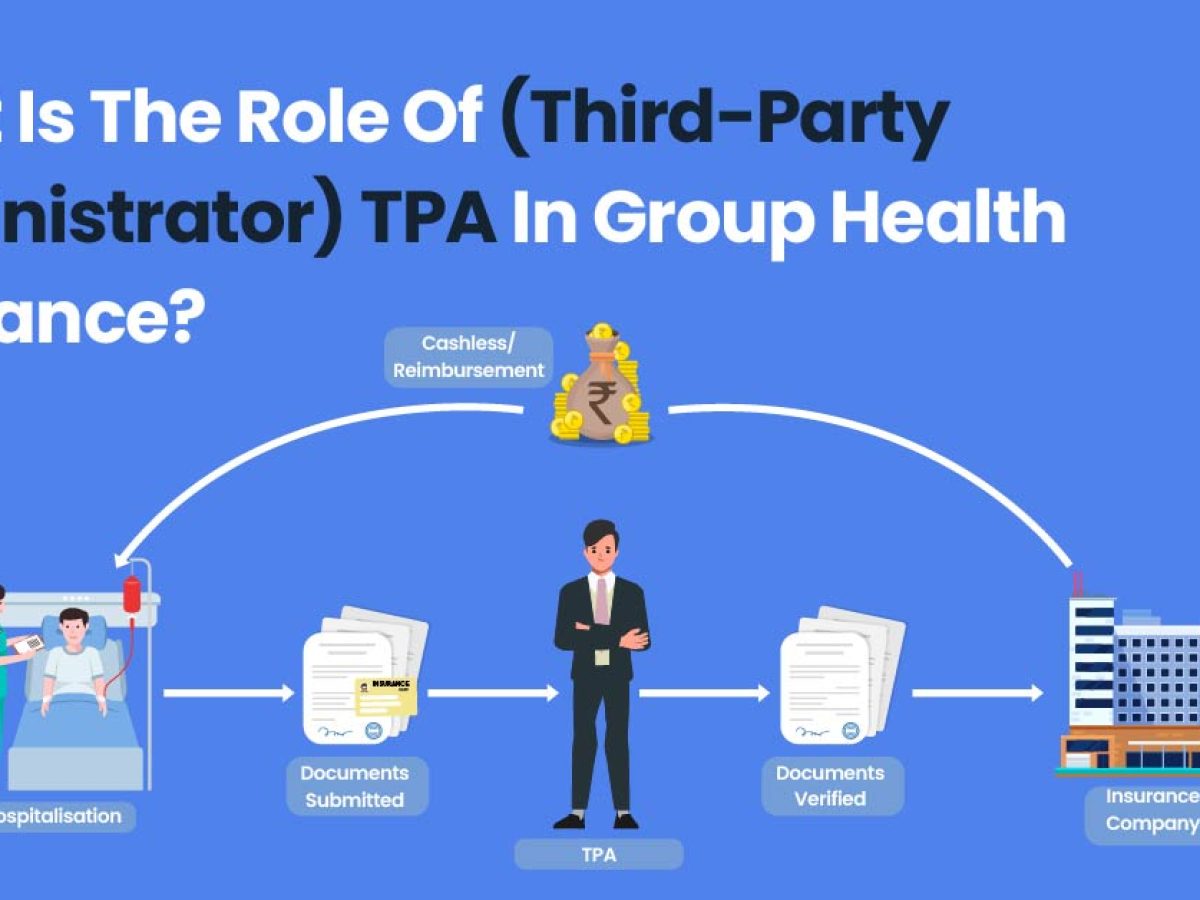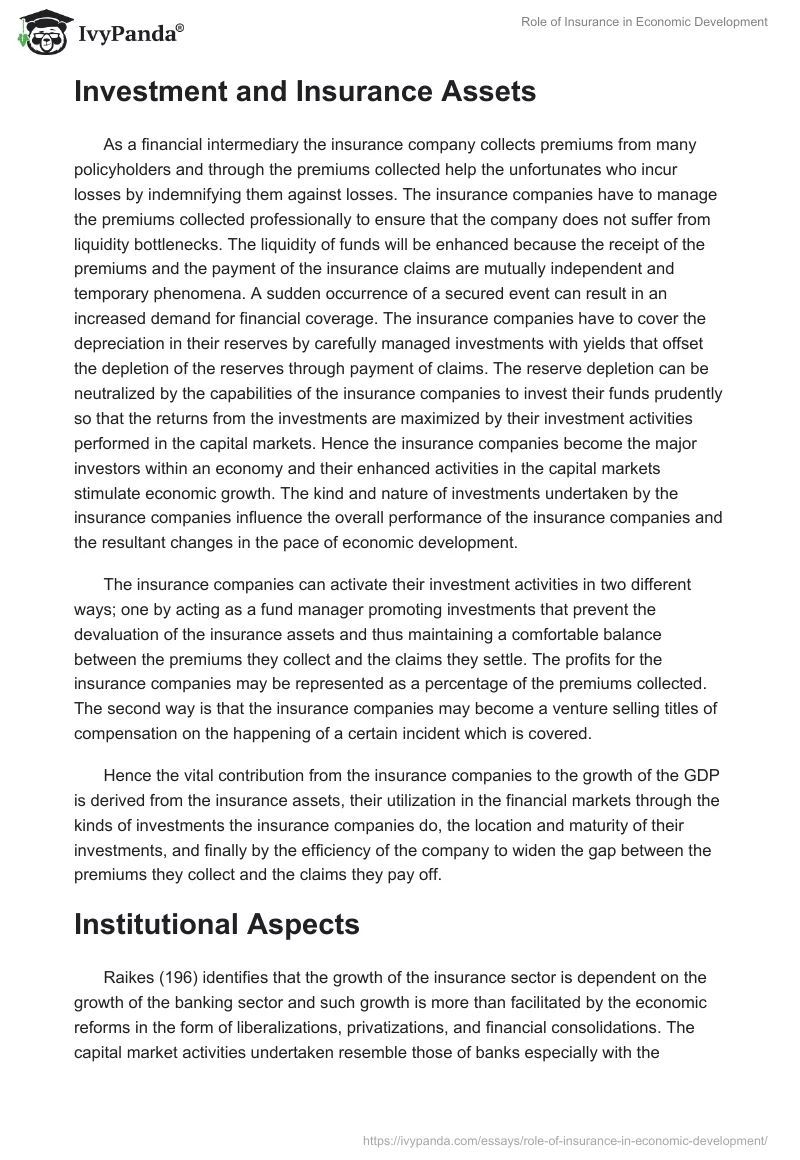Some Ideas on Pacific Prime You Should Know
In a lot of states, the insurance provider is called for to send you a copy of the adjustments to your policy. It is essential that you check out Endorsements or Motorcyclists so you understand how your plan has actually altered and if the plan is still ample to meet your needs. To acquire a duplicate of your insurance plan, please call your insurance representative or company.
The Institute of Medication (IOM) Board on the Consequences of Uninsurance launches a prolonged assessment of proof that addresses the significance of wellness insurance policy protection with the magazine of this report. Protection Issues is the first in a series of 6 records that will be provided over the next 2 years documenting the fact and consequences of having an approximated 40 million people in the USA without health and wellness insurance protection.

The Basic Principles Of Pacific Prime
The objective of this collection of studies is to refocus policy focus on a longstanding problem. Adhering to the longest financial development in American history, in 1999, an approximated one out of every six Americans32 million grownups under the age of 65 and greater than 10 million childrenremains uninsured (Mills, 2000).

Ten percent of the population represent 70 percent of health and wellness treatment expenditures, a correlation that has stayed constant over the previous 3 decades (Berk and Monheit, 2001) - international health insurance. Thus medical insurance remains to offer the function of spreading risk also as it increasingly funds regular care. From the point of view of health and wellness care carriers, insurance lugged by their people aids secure an income stream, and neighborhoods gain from economically viable and stable wellness treatment specialists and organizations
Federal government offers medical insurance to populaces whom the private market may not offer properly, such as impaired and elderly persons, and populaces whose access to healthcare is socially valued, such as kids and pregnant ladies. The utmost ends of wellness insurance policy coverage for the individual and neighborhoods, including office neighborhoods of employees and companies, are enhanced health and wellness results and lifestyle.
Pacific Prime - The Facts
Workers rank health insurance coverage initially by far in significance among all the benefits used in the work environment (Salisbury, 2001). There have been sizable investments of personal and public funds to offer wellness insurance policy, lots of people still have no coverage. In spite of substantial reporting of survey findings and healthcare research results, the general public remains overwhelmed and misinformed concerning Americans without health insurance coverage and the effects of lacking insurance coverage.

Without doubt, the complexity of American healthcare funding devices and the riches of sources of information include in the public's complication and skepticism concerning health insurance statistics and their interpretation. This record and those that will certainly comply with purpose to distill and provide in easily reasonable terms the extensive study that bears on inquiries of health insurance policy coverage and its significance.
Fifty-seven percent of Americans surveyed in 1999 thought that those without medical insurance are "able to get the treatment they need from medical professionals and health centers" (Blendon et al., 1999, p. 207). In 1993, when nationwide attention was concentrated on the problems of the without insurance and on pending wellness treatment regulations, just visit this page 43 percent of those questioned held this idea (Blendon et al., 1999).

They additionally receive fewer precautionary solutions and are less most likely to have normal take care of persistent problems such as hypertension and diabetic issues. Persistent conditions can result in costly and disabling problems if they are not well handled (Lurie et al., 1984; Lurie et al., 1986; Ayanian et al., 2000). One nationwide survey asked greater than 3,400 grownups regarding 15 highly severe or somber conditions.
A Biased View of Pacific Prime
Added evidence exists later in this phase in the conversation of insurance policy and accessibility to healthcare. https://pubhtml5.com/homepage/pspip/. People without medical insurance are young and healthy and balanced and pick to go without coverage. Virtually fifty percent (43 percent) of those surveyed in 2000 thought that people without medical insurance are more probable to have health and wellness troubles than individuals with insurance
Citizens and policy manufacturers in emphasis team conversations characterize those without insurance coverage as young people that have the opportunity to be covered and feel they do not need it (Concierge Novelli, 2001). Compared to those with at least some personal coverage, the without insurance are much less most likely to report remaining in excellent or excellent wellness (Company for Health Care Research Study and Quality, 2001).
RESOURCE: Center for Cost and Financing Studies, Company for Healthcare Research and Top quality, based upon MEPS data. Youthful adults between 19 and 34 are even more likely to lack medical insurance than any other age. This is primarily since they are much less usually qualified for employment-based insurance policy because of the nature of their task or their brief period in it.
The perception that people without insurance policy have better-than-average health and wellness complies with from puzzling the fairly young age account of the uninsured with the much better health and wellness, on standard, of younger persons. This covers the web link in between health and wellness standing and wellness insurance coverage. For those without access to work environment medical insurance, bad health is a prospective obstacle to acquiring nongroup coverage because such protection might be very valued, omit pre-existing conditions, or be just not available.